Whether you’re looking to get a guinea pig of your own, or you’re just like us and like to learn about different types of guinea pigs just for fun, this is the place to be! It’s important that you learn about these piggies if you’re thinking about adopting, that way you know you’re also ready to be committed to the level of care that guinea pigs need.
Some are higher maintenance than others and require more time and attention, and others do not! If you’re in a position where you’re able to choose which breed of guinea pig to adopt, you should be aware of how much of your time you’re willing to commit. And if you’re ready, then there’s nothing stopping you!
American Guinea Pigs
American Guinea Pigs are a breed that don’t require as much maintenance as their longer-haired siblings! They’re great for experienced and inexperienced piggy parents alike.
Origins
American guinea pigs are the oldest domesticated breed of guinea pigs, with domestication dating back to almost ten thousand years ago! This breed originated in South America, and was originally raised as livestock. Guinea pigs weren’t brought to the US until the early 1900s.

Physical Characteristics of American Guinea Pigs
American guinea pigs can usually grow to be 8-19 inches in length, and weigh anywhere from 2-3 pounds. They come in a plethora of colors, from beige, cream, black, red, and gold. There are more than 20 specific coat colors categorized into Self, Solid, Agouti, Marked, and Tan patterns.
American Guinea Pig Personality
Of course, just like humans, guinea pigs can have their own personalities—some are friendlier than others, some have their own preferences when it comes to food, etc. In general, however, American guinea pigs are known to be quite relaxed and laid back!
This is what makes them great pets for families and inexperienced guinea pigs owners. Piggies are herd animals that enjoy being around each other, and companionship is ideal not only so they don’t get lonely, but for mental stimulation!
American Guinea Pig Diet
In general, guinea pigs need a constant supply of hay and water, pellets, and around a cup of fruits and vegetables to supplement other nutrients they need, such as vitamin C, calcium, and others.
It’s important that hay makes up the biggest portion of their diet. This is in part because guinea pigs need tons of fiber in order for their digestive system to work properly and for food to constantly move in and out of their body. Younger guinea pigs need more calcium than older ones for their continued growth and development, but older ones need more vitamin C.
It’s important to make sure that your guinea pig has a balanced diet that doesn’t consist too much of any one thing. For more specific amounts of what your guinea pigs need, it’s important to consult your veterinarian before making any major diet changes.
American Guinea Pig Grooming
When it comes to grooming, different guinea pigs need different routines! In the case of the American breed, they don’t require as much maintenance as their long-haired siblings. Because their hair is naturally short, they don’t need daily brushing and will rarely experience matting or tangles.
Pedicures
Your American guinea pig’s nails need to be trimmed at least once a month! However, this does depend on the individual guinea pig and their nail growth turnaround. For example, younger guinea pig’s nails grow faster than older guinea pigs!
Their diet also plays a role in how quickly their nails grow back. It’s also important to note that more active guinea pigs wear down their nails faster than less active ones. It would make sense that sometimes older guinea pigs might need a trim more often if they’re not moving around as much as their younger counterparts.
It’s important to note that guinea pigs usually have a low tolerance for nail clipping and this means you’ll need to be very patient with your piggy and only do a few at a time. Make sure to take some breaks in between, especially when your guinea pig gets fussy—just try again later! It’s important to do the trimming when your guinea pig is relaxed. If possible, make nail clipping a two-person job and reward your guinea pig with treats or fresh vegetables.
One can hold the guinea pig so their legs aren’t dangling, and the other person can do the nail clipping. If only one person is available, then gently swaddle and/or burrito wrap your guinea pig in a blanket and hold them how you would hold a football! Then you can begin slowly and gently clipping their nails.
For a one person job, we recommend using the pouch that comes in the Offbeat Piggy Play Package. This is designed specifically for holding guinea pigs in the correct way to do things like administer medication, petting, and in this case, cut their nails!
Pedicure Tools
You can utilize nail clippers that are meant for cats, or there's ones meant for small animals specifically! There are two kinds: scissors or guillotine types. Either one is fine, as long as you’re careful and don’t trim your guinea pig’s nails too short.
This can cause bleeding and make it very uncomfortable for your guinea pigs, which can be stopped by applying styptic powder, or by gently pressing a paper towel to the affected area until it stops.
Dental Care
Note that guinea pig teeth are growing constantly, especially if their diet is rich in Vitamin C. However, their teeth are naturally worn down to normal lengths by the foods they eat. If they don’t eat enough hay or fruits and vegetables, their teeth won’t wear down properly, and this can lead to impaction, which can be painful for your piggies.
It can also lead to guinea pigs teeth growing in a way that makes it difficult for your guinea pigs to eat, and this can even cause them to stop eating completely. When this happens, a visit to your vet becomes necessary for treatment.
Common health issues in American Guinea Pigs
Unfortunately, guinea pigs are prone to some health issues even if they seem to be perfectly healthy! There are some things you should look out for, that way you can get them the treatment they need if they happen to contract something.
Respiratory Infections
Pneumonia is one of the more prevalent diseases that guinea pigs tend to suffer from because of the bacteria that they pick up from their surroundings.
According to research done by VCA Animal Hospitals, guinea pigs become carriers of the bacteria that cause pneumonia and stay asymptomatic—VCA calls these bacteria “opportunistic,” because they become dangerous when factors of the guinea pig’s health status allow for them to be.
This includes stress or other illnesses that render the immune system weaker than normal. This is why it can be important to reduce as much man-made stress as possible! Too much stress and anxiety for your guinea pig will make them vulnerable.
Symptoms include inability to eat, discharge from the eyes and/or nose, sneezing and trouble breathing. If your guinea pig has any of these symptoms, see your vet immediately, because it’s important to get your guinea pig treatment as quickly as possible. Your vet can take cultures of the discharge from their eyes and nose to help them figure out what’s going on with your guinea pig!
We believe that the number one way that we can prevent infections by ensuring that their living environment stays clean and hygienic! Our GuineaDad Premium Liners are made with fibers coated in an antibacterial agent that inhibits bacterial growth, which makes a huge difference in preventing infections and illness from happening in the first place.
Diarrhea
Guinea pigs have very delicate digestive systems, which makes them susceptible to issues involving it. When it comes to their diet, too much water or too much fiber can cause an upset in their usual digestion and cause diarrhea. With this comes loss of appetite, dehydration, weight loss, and things like low body temperature.
Scurvy
Like humans, guinea pigs can’t create their own vitamin C within their bodies, and need outside sources of it, especially as they get older. A deficiency of vitamin C can be detrimental to their health, as it can cause them to be more likely to contract diseases and infections.
Symptoms include things like rough hair, loss of appetite, diarrhea, decreased mobility, and swollen feet or joints are likely to be vitamin C deficient.
Urinary Problems
Guinea pigs are prone to the development of bladder stones, and usually form in the bladder or in the kidneys, or the tubes that drain the kidneys called ureters.
When stones are lodged in the ureter or obstruct the urethra, it can become life threatening. Surgery is necessary to remove the stones a lot of the time, but regular check-ups with your vet can prevent emergencies such as these.
Bumblefoot
This is when sores form at the bottom the feet from pressure, which usually comes from the guinea pig being overweight. The sores can be painful and result in inability to be properly mobile. Treatment for this can be a little difficult, but a visit to your vet and following their treatment suggestions such as surgery, bandages, and antibiotics can alleviate the pain for your guinea pig.
One way you can relieve some of the pain that your guinea may experience in their little feet is by using the Guinea Dad Premium Liners. These liners are made to be easy on their feet and soft to the touch for pure guinea pig comfort bliss.
Good Cage Size for American Guinea Pigs
According to the Humane Society, a guinea pig need a minimum of 7.5 square feet of space, but 10.5 square feet is recommended for one or two guinea pigs—the more space the better! You want to give them as much space as possible so they can roam around freely and be active, therefore staying healthy and youthful.
Our Offbeat Piggy Condo C&C Cage sizes are made with the Humane Society recommendations in mind, and are the perfect C&C cage for guinea pigs. They're built to last, and they're built with your piggy's safety and comfort in mind!
Where to find your own American Guinea Pigs
It's most ethical to adopt your guinea pigs from a shelter if possible. It’s common for new guinea pig owners to give them up for adoption quickly after acquiring them when they’re not prepared for the amount of care their guinea pig needs—especially if they’re higher maintenance.
Some guinea pigs in the shelters have been mistreated and not properly cared for in the past, prior to their arrival at the shelter. Shelters do the best they can, but many have limited resources in helping hands and funds, and they take in and care for as many guinea pigs as they can.
When we adopt from the shelter, guinea pig parents not only provide better customized care for each guinea pig, but also help free up rescue centers' capacity to help more animals in need.
If guinea pigs aren’t available at your local shelter, you can “rescue” them from a pet shop, since some pet shops may not be able to put as much of their time and resources towards specialized care for the guinea pigs, because they have so many other types of animals to look after as well.
What’s Left to Know About American Guinea Pigs?
Make sure before you acquire a guinea pig of your own that you are aware of the needs and levels of care that American guinea pigs require and are committed to taking care of your guinea pig to the best of your ability with the information that you’ve researched beforehand!
Once you’ve learned all there is to know about American guinea pigs, you’re all set to seek one out and give them the love and care that they deserve!


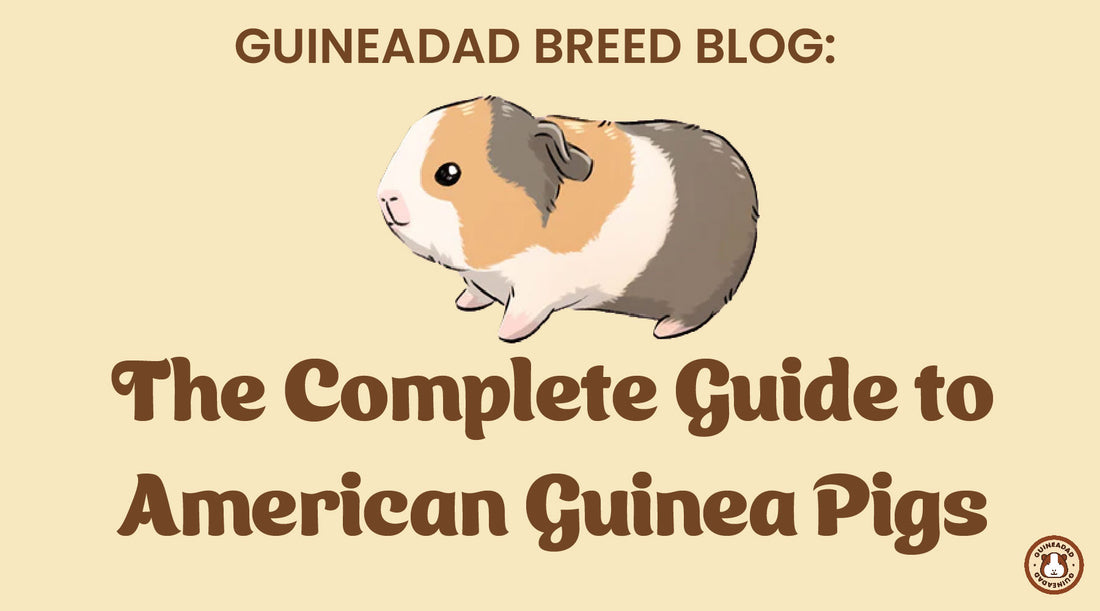










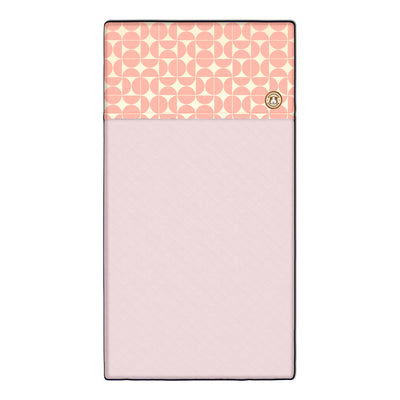

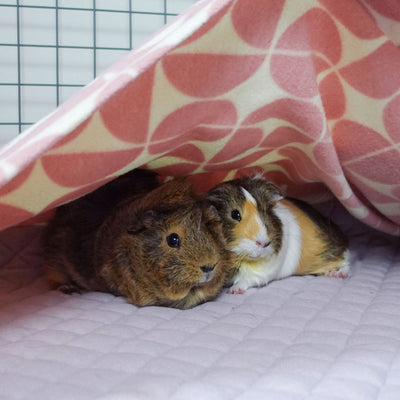
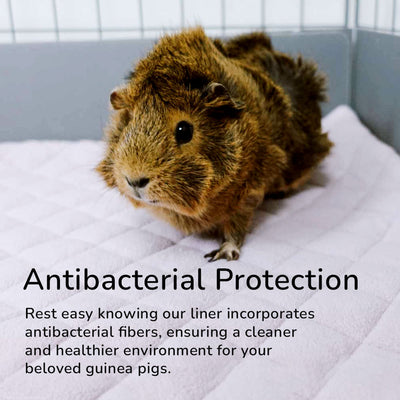
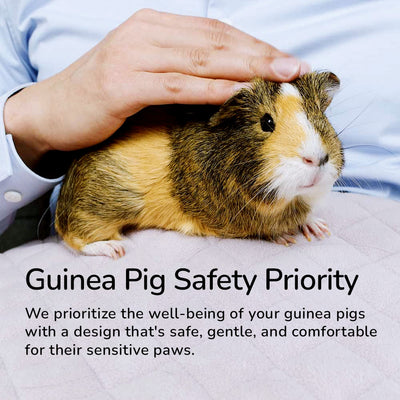







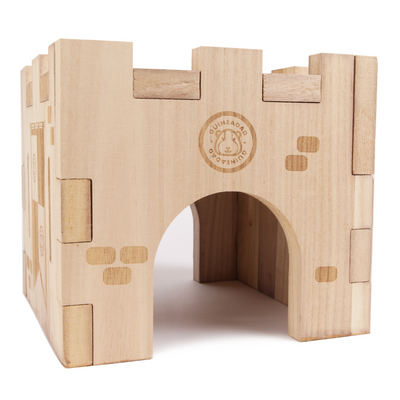
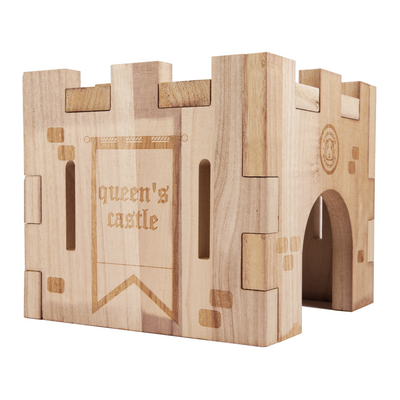
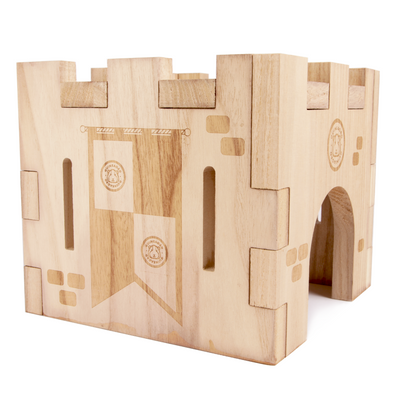
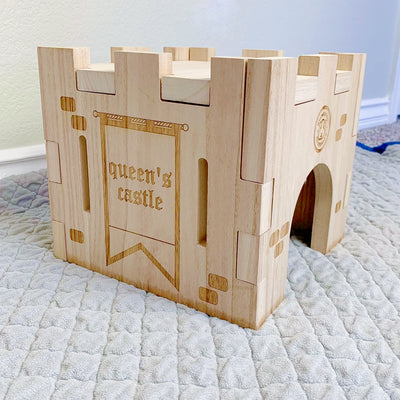
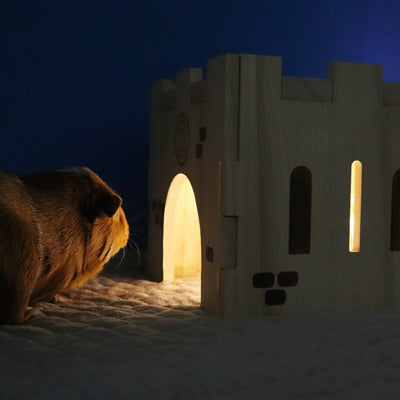
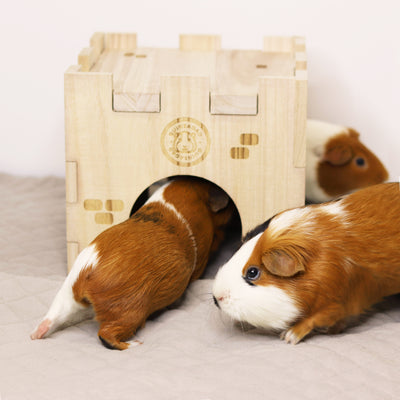
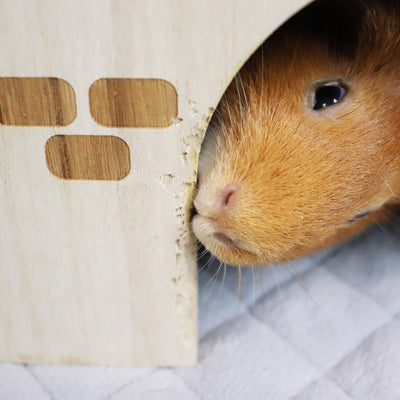
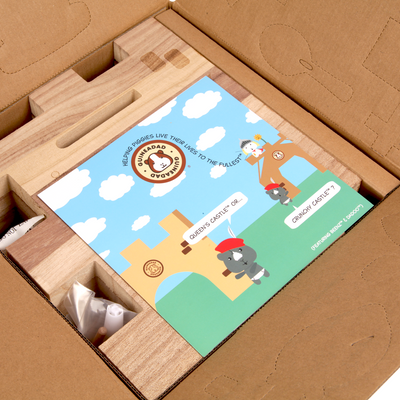
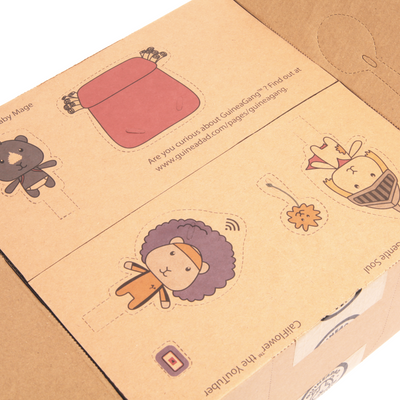
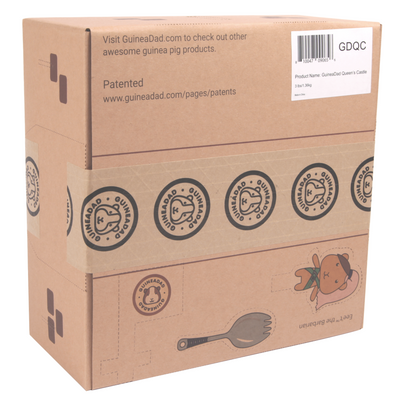
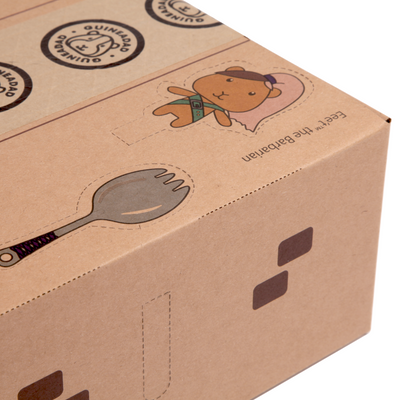





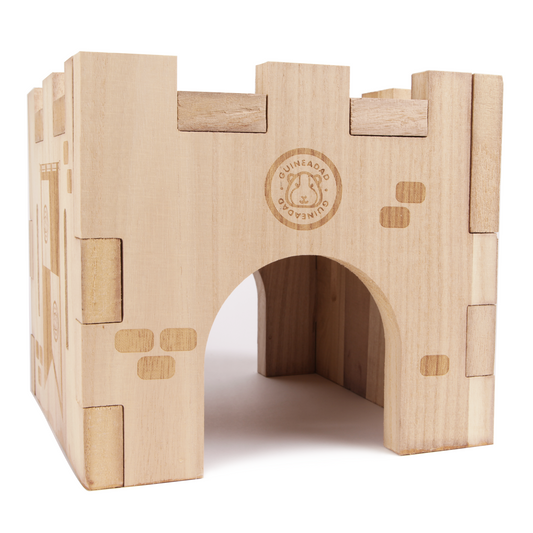
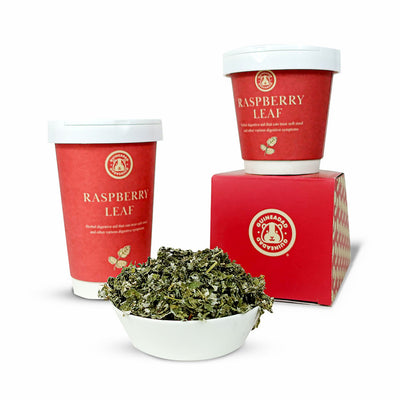
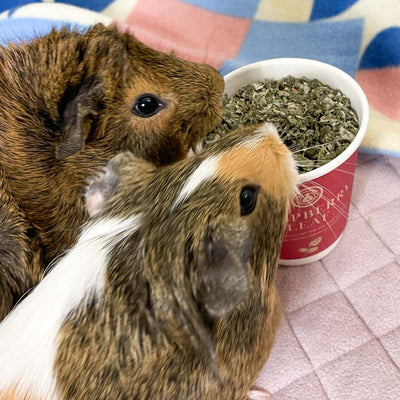
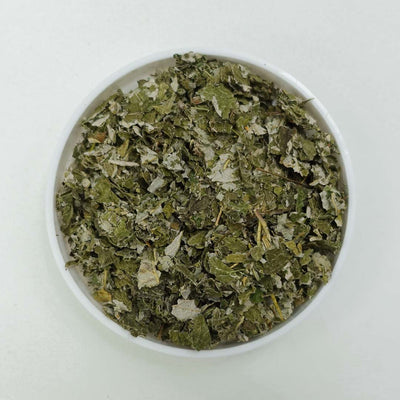
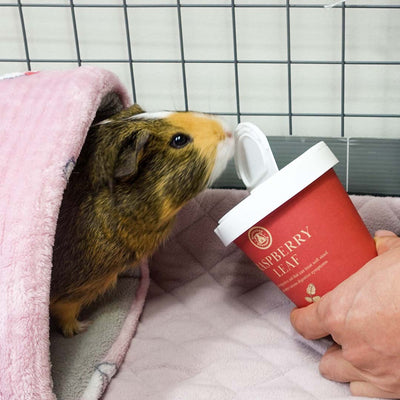

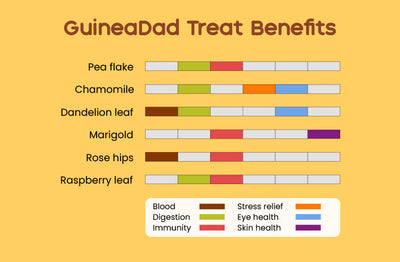
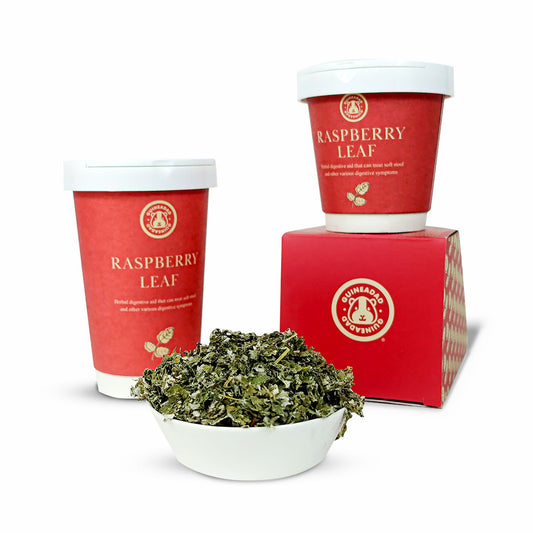
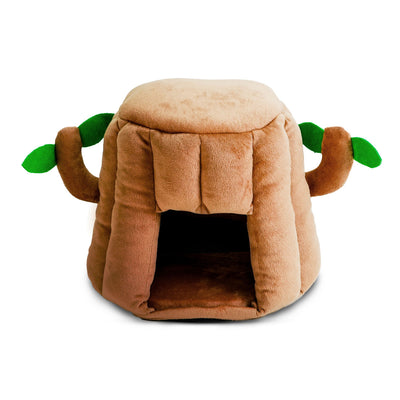
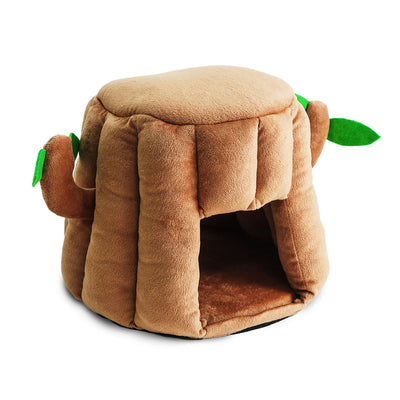
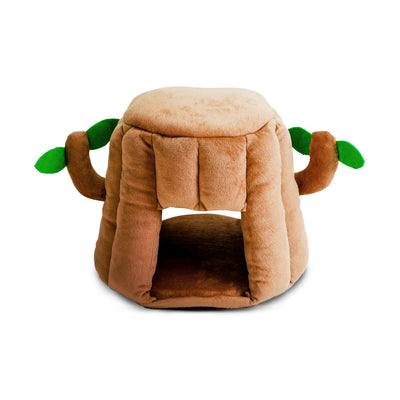
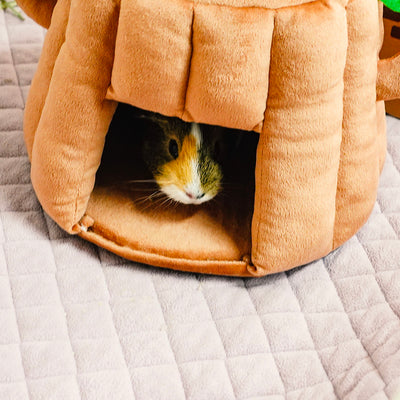
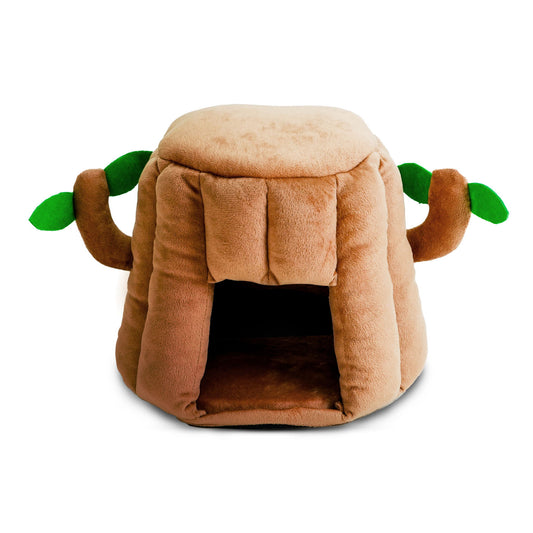
7 comments
Hello my name is Anahi Rivas and i’m 8 years old. I love guinea pigs so much is my first top fav animal that my dream pet.
Thx
Thx
How can you tell how old a guinea pig is? We got a very small young male, and he just seems so tiny
THEY ARE JUST SO CUTE